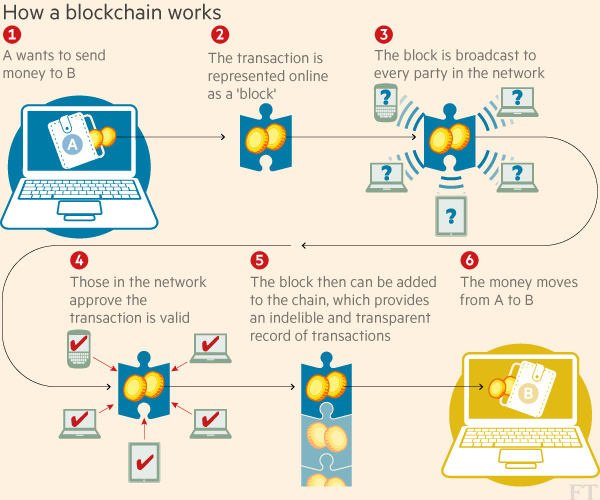In the world of cryptocurrencies, blockchain technology stands as the backbone that powers systems like Bitcoin and Ethereum. However, understanding what a blockchain is and how it operates can seem daunting. This blog post aims to demystify blockchain technology and illustrate why it is such a revolutionary development in the digital world.
A Chain of Blocks
At its most basic level, a blockchain is a chain of blocks. Each block contains a list of transactions. When a block is completed, it’s added to the end of the chain in a linear, chronological order. Each block contains a reference to the block that came before it, and you can follow those links backward all the way to the very first block, the “genesis block.” Hence the term “blockchain.”
Decentralization and Transparency
One of the key characteristics of a blockchain is its decentralized nature. Rather than being stored on a single server or controlled by a central authority, copies of the blockchain are stored across a network of computers, known as nodes. Each node has a complete copy of the blockchain, and this network of nodes validates and records transactions on the blockchain.
This decentralization provides a high level of security and transparency. Since every node in the network has a copy of the blockchain, it’s virtually impossible for a single entity to manipulate the data without the consensus of the majority of the network.
The Process of Mining
A critical process in blockchain technology is mining. In the context of cryptocurrencies like Bitcoin, mining involves nodes competing to solve complex mathematical problems. This process is necessary to confirm transactions and add them to the blockchain.
When a node solves the problem, it broadcasts the solution to the other nodes in the network. If the other nodes agree with the solution, the block is added to the chain, and the miner is rewarded with a certain amount of cryptocurrency. This process incentivizes nodes to participate in the network and ensures the ongoing integrity and security of the blockchain.
Immutable and Tamper-Proof
Once a block is added to the blockchain, it becomes virtually immutable, meaning it cannot be altered or deleted. This is because each block contains its own unique hash (a cryptographic string of characters), along with the hash of the previous block in the chain. If a block’s information were altered, its hash would change, but the next block in the chain would still contain the old hash, highlighting a discrepancy in the chain.
To successfully alter a block, an attacker would need to change the information and the hash of every subsequent block, which would require an enormous amount of computational power. This feature makes the blockchain tamper-proof and ensures the integrity of its data.
Applications Beyond Cryptocurrency
While blockchain technology is the underlying technology for cryptocurrencies, its potential extends far beyond digital currencies. Its transparency, security, and decentralization make it applicable to a wide range of uses, including supply chain management, voting systems, identity verification, and much more.
Blockchain technology is a revolutionary innovation with the potential to disrupt many industries. It’s the engine that powers cryptocurrencies, making them decentralized, secure, and resistant to fraud. And as we continue to explore its potential, it’s clear that blockchain technology will play a significant role in shaping the future of digital interactions.
Follow this link to learn how to buy bitocoin.
